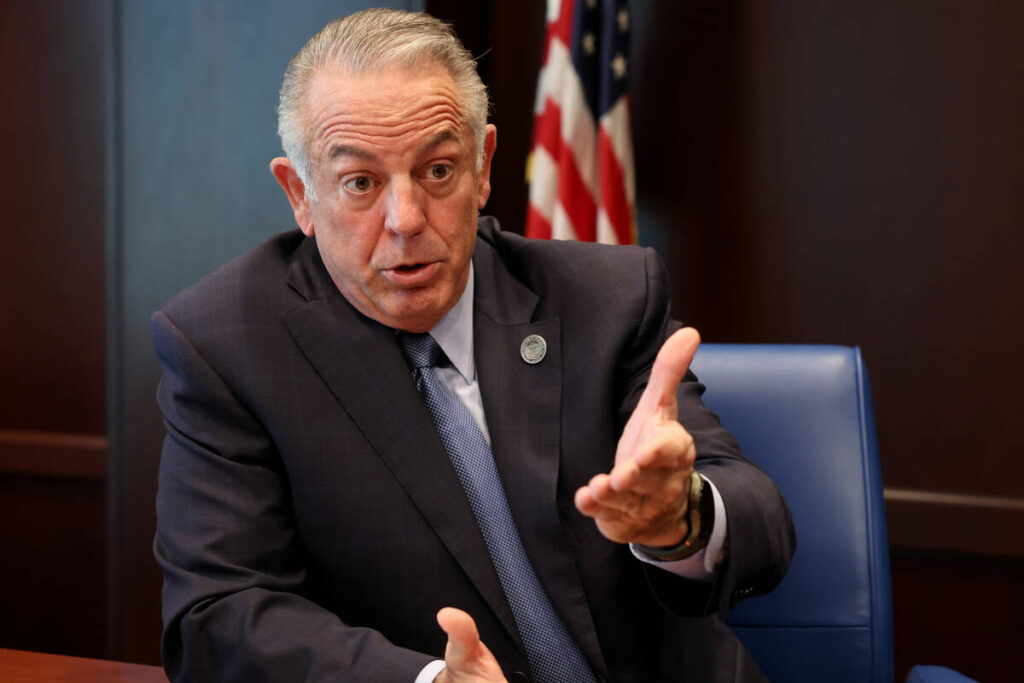VICTOR JOECKS: California’s gas prices could be big problem for Lombardo
Summary
A fire at Chevron’s El Segundo refinery in Southern California was contained and operations are resuming, but the incident highlights a broader vulnerability: California has very limited spare refining capacity. Nevada imports about 88% of its petrol from California, so sustained refinery outages or planned closures (announced by Phillips 66 and Valero) could sharply push up petrol prices in both states. Victor Joecks argues rising pump prices would pose a major political threat to Nevada Gov. Joe Lombardo and lays out steps Lombardo should take to prepare and shift blame to policy decisions in California.
Key Points
- The El Segundo refinery (269,000 barrels per day) accounts for roughly 16.6% of California’s refining capacity; a big outage there could cause significant price spikes.
- Nevada relies on California for about 88% of its petrol supplies, leaving Nevada exposed to California refinery disruptions and closures.
- California’s refinery count has fallen from more than 40 in the 1980s to 13 today, a decline Joecks ties to state regulation and policies aimed at reducing fossil-fuel use.
- Phillips 66 and Valero have announced California refinery closures that together represent over 17% of state refining capacity, raising the risk of petrol prices exceeding $8 per gallon in California and over $7 in Nevada.
- Joecks urges Lombardo to warn Nevadans, propose federally funded pipelines to bring oil from the east, push Congress for support, and make the issue bipartisan to avoid being blamed when prices rise.
Content summary
Joecks frames the Chevron El Segundo fire as a near-miss that exposed systemic fragility: California’s shrinking refining base and new regulations reduce spare capacity. He notes that recent refinery closure announcements would further tighten supply. Because Nevada imports most of its petrol from California, any sustained reduction in Californian refining output could quickly translate into dramatic price increases at Nevada pumps. Politically, visible spikes at the pump could damage Gov. Lombardo unless he proactively explains the origins of the problem and advances concrete mitigation plans — notably pipeline projects and federal engagement.
Context and relevance
This piece matters for Nevada voters and policymakers because it connects energy policy, supply-chain vulnerability and election politics. It sits at the intersection of state-level environmental regulation in California, regional fuel logistics and Nevada’s political stakes ahead of re-election contests. The article reflects a broader trend: constrained refining capacity in a region combined with closures increases volatility in fuel prices and shifts the political conversation to infrastructure and federal-state cooperation.
Why should I read this?
Short version: if you live in Nevada or follow local politics, this explains why a refinery fire in California could hit your wallet and your governor’s poll numbers. Joecks gives a quick, blunt read on the risk and what Lombardo should do — basically, don’t wait for the sticker shock to start talking to voters and to push for new supply routes.
